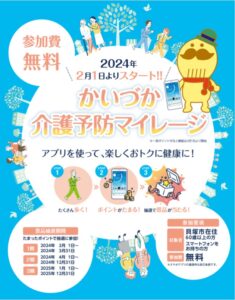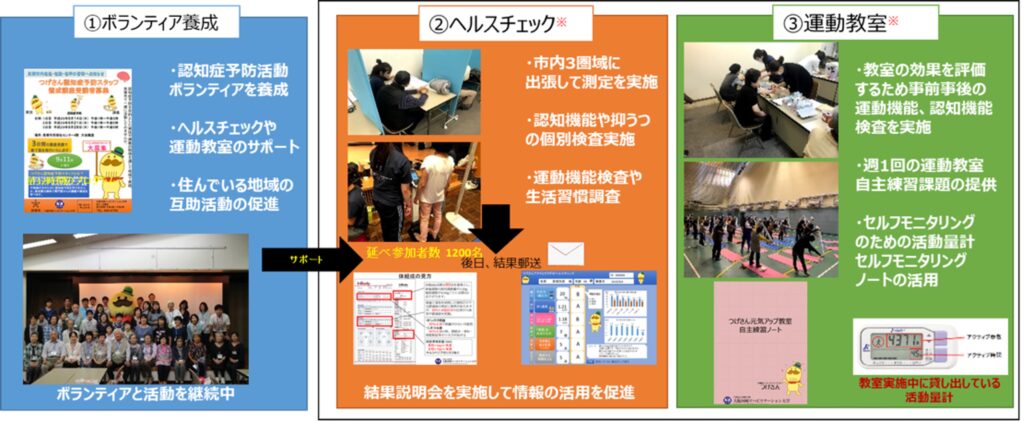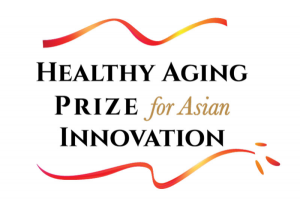2024 Japan Best Practice Winner
THE PROBLEM
Kaizuka City in Osaka Prefecture has a relatively short healthy life expectancy, and women in particular have the shortest healthy life expectancy in the prefecture. The pandemic exacerbated the issue as it brought a major behavioral shift with decreased physical activity and social engagement. This deepened the concern over an acceleration of the progression of residents toward frailty and an increased risk of developing geriatric syndrome.
THE INNOVATION
In 2017, the Kaizuka City Welfare Department, the Osaka Kawasaki Rehabilitation University, and a local company, Fuji Oil, began working together on a project to prevent the need for long-term care.

First, they launched a health check project that provides six opportunities per year for residents 65 and older to have an exam. In addition to gauging the individual’s current physical frailty and locomotive syndrome risk, the patient receives individual feedback from experts, which leads to behavioral change and nudges them toward healthy habits. The information is also shared with the localgovernment, allowing them to flag high-risk people who can be helped through their local Community-Based Integrated Care Center.
Second, they held a monthly exercise class. Local songs (Tsuge Samba and Tsuge Exercise) were used to make people feel at home, and the class retention rate for 3 months was 95.9%, which was very high. During the pandemic, they shifted to using online exercise videos and using smartphone applications (such as a mileage app that allows users to accumulate points as they walk and trade them in for prizes) for the purpose of preventing long-term care. Participants in the exercise classes showed a noted improvement in motor function, including a 1.4% improvement in limb skeletal muscle mass index (muscle mass), a 3.6% increase in walking speed, and a 6.0% increase in grip strength. In all, roughly 60% of participants showed an improvement in measurements of frailty, as well as in muscle mass and walking speed.
The project also held volunteer training programs, which trained 38 local volunteers, leading to the launch of more than 50 voluntary groups in the area.
These elements worked together seamlessly as the university research institute was able to conduct various evaluations, such as motor and cognitive function, based on the latest evidence at the time of health checks, allowing them to identify high-risk individuals with a high degree of accuracy and then improve their motor function by participating in exercise classes. And the fact that they were able to quickly pivot to online activities during the pandemic and maintain their health evaluations and individual feedback online was extremely significant. The project’s findings have been published in scientific journals in English and Japanese.


